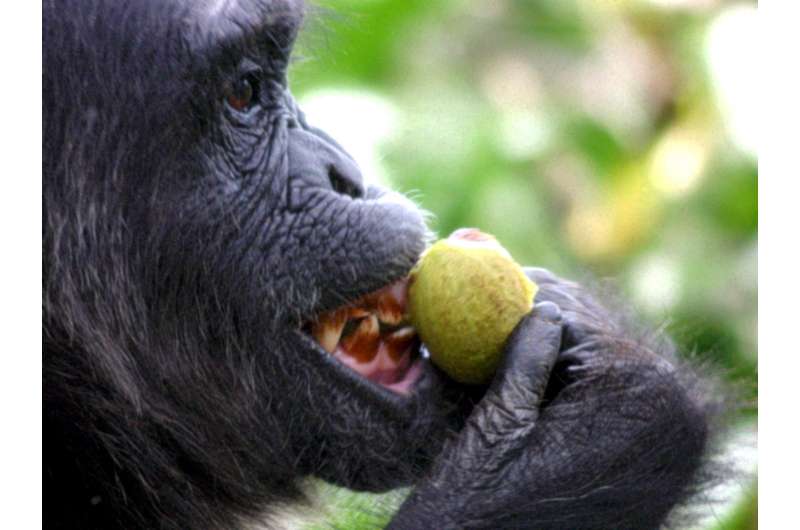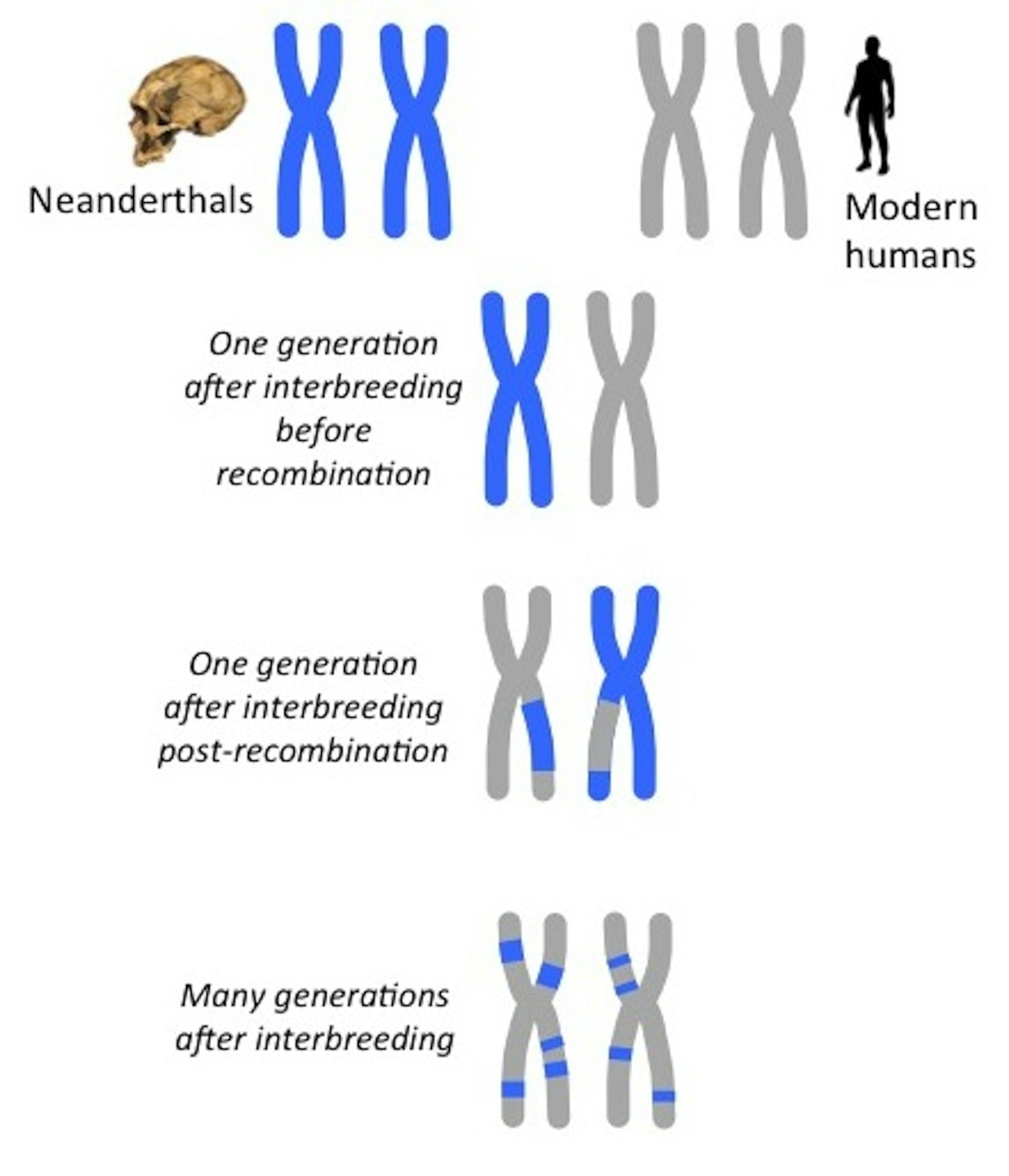


How do the monkeys stack up? All of the great apes and humans differ from rhesus monkeys, for example, by about 7% in their DNA. A difference of 3.1% distinguishes us and the African apes from the Asian great ape, the orangutan. Most importantly, chimpanzees, bonobos, and humans all show this same amount of difference from gorillas. The DNA difference with gorillas, another of the African apes, is about 1.6%.

The bonobo ( Pan paniscus), which is the close cousin of chimpanzees ( Pan troglodytes), differs from humans to the same degree. While the genetic difference between individual humans today is minuscule – about 0.1%, on average – study of the same aspects of the chimpanzee genome indicates a difference of about 1.2%. The amount of difference in DNA is a test of the difference between one species and another – and thus how closely or distantly related they are. DNA shapes how an organism grows up and the physiology of its blood, bone, and brains.ĭNA is thus especially important in the study of evolution. It also consists of the molecular codes that regulate the output of genes – that is, the timing and degree of protein-making.

It consists of genes, which are the molecular codes for proteins – the building blocks of our tissues and their functions. DNA, or deoxyribonucleic acid, is the molecule that makes up an organism’s genome in the nucleus of every cell. The same is true for the relationships among organisms. Through news accounts and crime stories, we’re all familiar with the fact that the DNA in our cells reflects each individual’s unique identity and how closely related we are to one another. Science, Religion, Evolution and Creationism: Primer.Members Thoughts on Science, Religion & Human Origins (video).Teaching Evolution through Human Examples.
#Difference between human and chimpanzee hand archive#
Digital Archive of Ungulate and Carnivore Dentition.Adventures in the Rift Valley: Interactive.While human paws might seem more sophisticated, the researchers' analysis suggests that the basic structure has been around for a long, long time.Smithsonian National Museum of Natural History The Smithsonian Institution's Human Origins Program Main Menu They sampled living species-humans, apes and monkeys-as well as extinct species, including Proconsul heseloni, Ardipithecus ramidus and Australopithecus sediba.īased on their measurements they concluded that the ancient ancestor of chimps and humans likely had more human-esque hands. To see if our last common ancestor was more like a human or a chimp, researchers measured how the proportions of human and chimp hands had really changed over the years. But human hands have stayed quite similar for millions of years, tool use or not. Some early hominins that didn’t make tools and still appear to have hands that are more like those of modern humans. While chimpanzees grew longer fingers and slightly shorter thumbs, well adapted to their tree climbing lifestyles, humans developed smaller fingers and slightly longer thumbs-ideal for precisely gripping things like tools.īut now, a growing body of evidence is starting to suggest that only one piece of that logic is sound, writes Balter. Scientists have long thought that when humans and chimps diverged seven million years ago, natural selection shaped chimp and human hands differently, explains Michael Balter for Science. That’s what researchers report in a study published July 14 in Nature Communications. However, in some respects, our hands might actually be more primitive than those of our closest Great Ape relatives, chimpanzees. Humans like to think they're pretty dexterous with their sleek thumbs and strong grips.


 0 kommentar(er)
0 kommentar(er)
